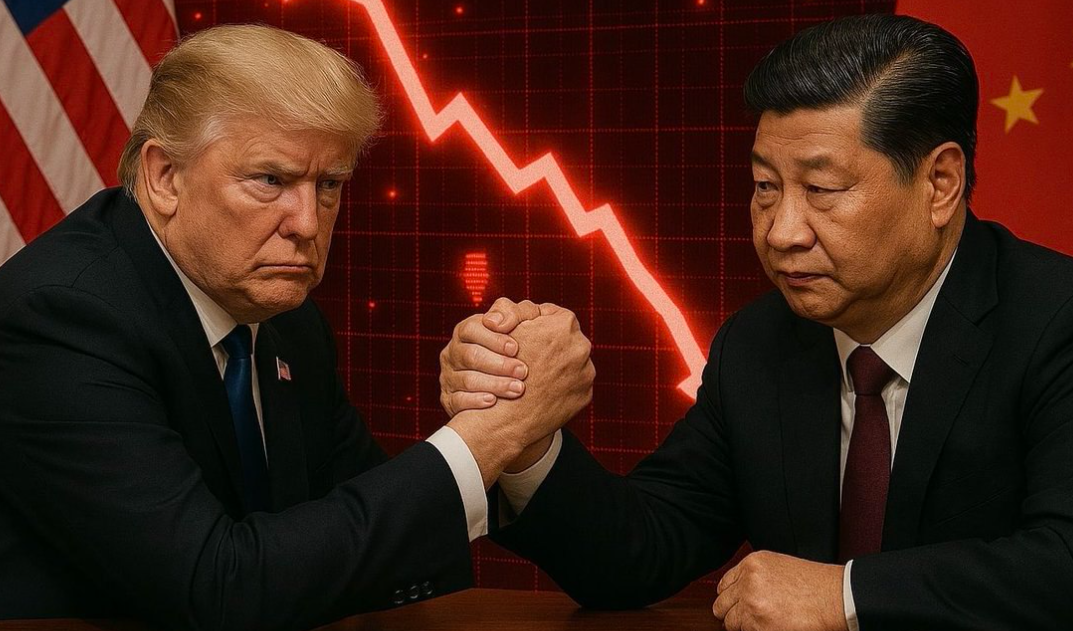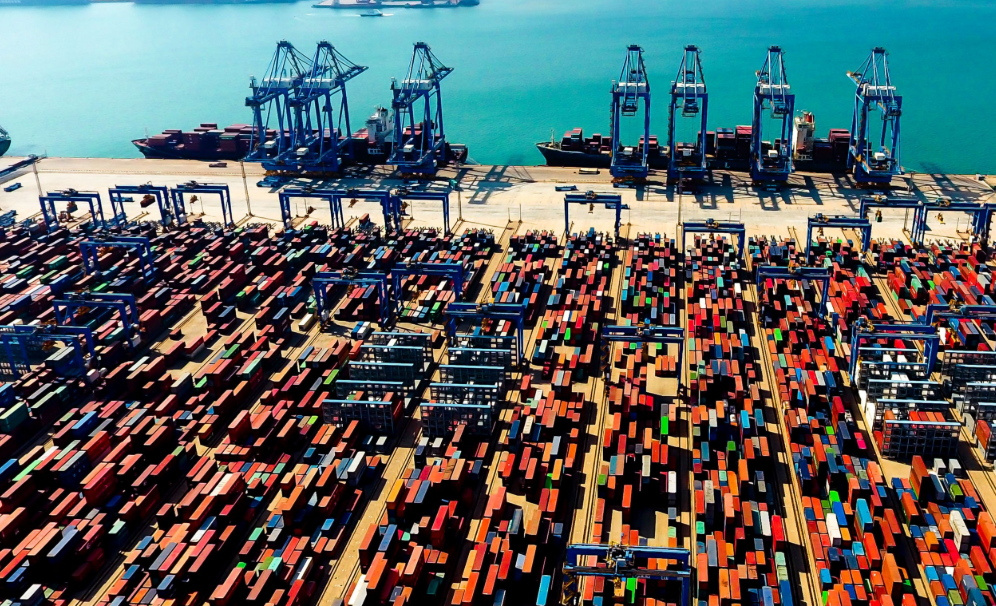
The global spotlight is once again on two of the world’s biggest economic giants — the United States and China. What has caught everyone’s attention is the resurfacing of a serious trade tension that could have a direct impact on consumers and economies across the globe. This emerging situation is widely being referred to as a potential return of the tariff war.
To understand simply, a tariff war is a kind of trade conflict where countries impose heavy import duties or tariffs on each other’s goods. This is done either as retaliation or to protect domestic industries. After a brief period of calm, the threat of such a trade war is now looming large again between the US and China.
China has issued a stern warning to the United States, saying that if Washington reimposes heavy tariffs on Chinese goods starting August 1, the world will have to witness the consequences. In very clear terms, China has said that if it is pushed out of the global supply chain, it will respond aggressively. What’s even more serious is that Beijing has also warned other nations that deal with the US in such trade matters, indicating that retaliatory actions may be taken against them as well.
It is important to remember that in June this year, both Washington and Beijing had reached a tentative agreement, which gave the impression that the trade war had been averted. However, the situation has deteriorated quickly. US President Donald Trump has now again warned of massive tariffs on Chinese products, and these could come into effect from August 1. If this happens, the earlier agreement made in June could break down, leading to a significant rise in global economic tensions.
The United States has also made it very clear that if no trade deal is reached with China by August 12, additional import taxes will be imposed. In response, China’s reaction has been sharp and unambiguous. The Chinese state-run newspaper, People’s Daily, described Trump’s warning as a form of intimidation. According to the paper, any country attempting to exclude China from the global supply chain could face harsh repercussions.
But why is China reacting so strongly this time? A major reason lies in a recent trade deal signed between the United States and Vietnam. This agreement, which was finalized just last week, involves imposing heavy tariffs on goods that pass through China before reaching the US. Specifically, any product that transits via China and then enters the US through Vietnam could be slapped with tariffs as high as 40 percent. Naturally, China is unhappy with this development, as it fears being systematically isolated from the global trading network.

A report from the Institute for International Economics provides some eye-opening figures. As of now, the average American tariff on Chinese exports stands at a staggering 41.1 percent, while China imposes an average tariff of 32.6 percent on American goods. These numbers are already high, and the US is threatening to raise them even further. In return, China is also gearing up to take strong countermeasures.
Such major economic confrontations between two powerful nations inevitably send shockwaves across global financial markets. The ongoing tension between China and the US has already sparked a sense of fear in global markets. This fear is reflected in the Indian markets as well, where investors are showing signs of nervousness. The possibility of a fresh round of tariff war starting from August 1 has made many investors cautious. As a result, most of them are now avoiding making any fresh investments in the equity market and are waiting for the situation to stabilize.
These developments make it clear that the global economy is once again at a critical juncture. Trade wars not only affect the countries directly involved but can trigger ripple effects across supply chains, inflation rates, and overall economic growth. The coming weeks will be crucial in determining whether diplomacy can bring both countries back to the negotiation table or whether we are heading into another turbulent phase in global trade.




